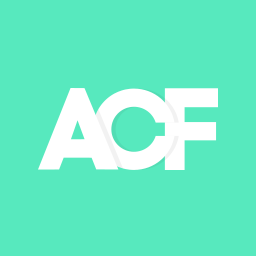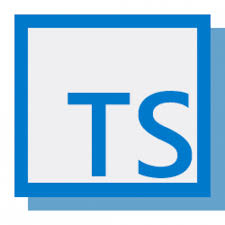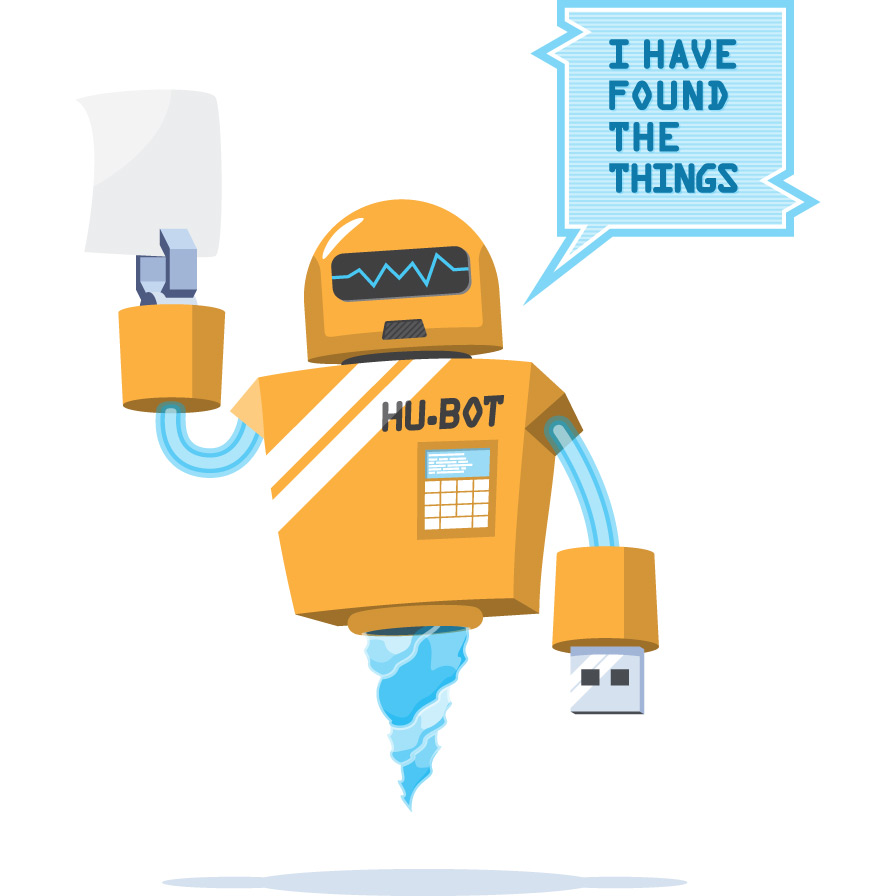Typed Actors in Action - Exploring Cats-Actors with Alice and Bob
 Today marks an exciting milestone with the release of Cats-Actors 2.0.0-RC1. This version introduces typed actors, a feature that the community has eagerly awaited. To showcase this new capability, we’ll walk through a classic example of handling wallet transactions between two users, Alice and Bob.
So, sit back and relax as we explore how Alice sends money to Bob using typed actors in Cats-Actors.
Today marks an exciting milestone with the release of Cats-Actors 2.0.0-RC1. This version introduces typed actors, a feature that the community has eagerly awaited. To showcase this new capability, we’ll walk through a classic example of handling wallet transactions between two users, Alice and Bob.
So, sit back and relax as we explore how Alice sends money to Bob using typed actors in Cats-Actors.
 Functional programming and the actor model are two powerful paradigms in modern software development. They might seem like they’re in opposition, but in reality, they complement each other beautifully. Scala, as a versatile language, allows multiple paradigms to coexist, and Cats-Actors, a functional programming-based actor system, exemplifies this harmony. Cats-Actors is a reimagining of the actor paradigm model married with the functional paradigm.
Functional programming and the actor model are two powerful paradigms in modern software development. They might seem like they’re in opposition, but in reality, they complement each other beautifully. Scala, as a versatile language, allows multiple paradigms to coexist, and Cats-Actors, a functional programming-based actor system, exemplifies this harmony. Cats-Actors is a reimagining of the actor paradigm model married with the functional paradigm. This post is an adaptation of the talk
This post is an adaptation of the talk  It’s been one heck of a week! I’m back from the Google Cloud Summit in Milan - #GoogleCloudSummit - where Mattia (@mattiagnd) and I spoke about Node management in GKE. In this blog I would like to take some points discussed in that presentation and really outline some key takeaways; specifically what happens during an upgrade and what steps we (as clients of GKE) can take in order to manage disruptions.
It’s been one heck of a week! I’m back from the Google Cloud Summit in Milan - #GoogleCloudSummit - where Mattia (@mattiagnd) and I spoke about Node management in GKE. In this blog I would like to take some points discussed in that presentation and really outline some key takeaways; specifically what happens during an upgrade and what steps we (as clients of GKE) can take in order to manage disruptions. I have been doing functional programming for quite some time in the small -
I have been doing functional programming for quite some time in the small -  This April Google organised the first Google Cloud Event here in Malta. During that event I presented our reasons, as a company, for moving to Kubernetes. Many have reached out after the presentation to discuss further and some suggested publishing our motivations online for reference. So here I am typing away
This April Google organised the first Google Cloud Event here in Malta. During that event I presented our reasons, as a company, for moving to Kubernetes. Many have reached out after the presentation to discuss further and some suggested publishing our motivations online for reference. So here I am typing away  One question which often crops up when mentioning Functional Programming (FP) is “But what’s the point of using FP? Why would I change from an Imperative Programming (IP) paradigm to FP if both solve the same class of problems?”. To the uninitiated FP represents a surface level refactor to use “newer methods” such as
One question which often crops up when mentioning Functional Programming (FP) is “But what’s the point of using FP? Why would I change from an Imperative Programming (IP) paradigm to FP if both solve the same class of problems?”. To the uninitiated FP represents a surface level refactor to use “newer methods” such as 
 Headless CMSs are becoming quite popular and make up one of the important ingredients of a
Headless CMSs are becoming quite popular and make up one of the important ingredients of a  The original definition of Actors by Hewitt, Bishop and Steiger stated that i) everything is an actor ii) actors have their own memory and iii) actors communicate by sending and receiving messages asynchronously. When responding to messages an actor can i) send a finite number of messages ii) create a finite number of actors, and iii) designate new behaviour. Designating behaviour in Akka is done through the
The original definition of Actors by Hewitt, Bishop and Steiger stated that i) everything is an actor ii) actors have their own memory and iii) actors communicate by sending and receiving messages asynchronously. When responding to messages an actor can i) send a finite number of messages ii) create a finite number of actors, and iii) designate new behaviour. Designating behaviour in Akka is done through the  A router is a software component responsible for creating, activating, deactivating and destroying component sub-trees. A specific subset of components selected at a certain point in time is called a router state and hence one can think of a router as a software component which synchronises the router state with what the user sees on screen (my tongue hurts!). All possible router states are configured statically at configuration time. At this stage a URL pattern is supplied to the router together with a declaration of the desired router state. This approach works for the majority of cases however there are times when we would like to specify the URL pattern associated with a state declaration at runtime rather than statically. Supporting multilingual routes is one such example.
A router is a software component responsible for creating, activating, deactivating and destroying component sub-trees. A specific subset of components selected at a certain point in time is called a router state and hence one can think of a router as a software component which synchronises the router state with what the user sees on screen (my tongue hurts!). All possible router states are configured statically at configuration time. At this stage a URL pattern is supplied to the router together with a declaration of the desired router state. This approach works for the majority of cases however there are times when we would like to specify the URL pattern associated with a state declaration at runtime rather than statically. Supporting multilingual routes is one such example. Programming languages have evolved largely through a series of abstractions; these abstractions mostly deal with control (e.g. functions) or data. In the post,
Programming languages have evolved largely through a series of abstractions; these abstractions mostly deal with control (e.g. functions) or data. In the post,  It has been quite a while since my last post; things have been pretty busy in preparation for the launch of our new product
It has been quite a while since my last post; things have been pretty busy in preparation for the launch of our new product  One of the advantages of using TypeScript is that it augments ES6 with type information and annotations. When using JSON, data might not be represented using camelCase notation and hence one cannot simply typecast a JSON object directly onto a TypeScript “typed” object. Traditionally one would solve this problem by creating custom mappers for all the data objects. In this post we will create a generic custom mapper which automates this process by using declarative annotations on Typescript objects. Finally we will package this custom mapper in a class which can be used directly from Angular to handle conversion of JSON objects to “typed” objects.
One of the advantages of using TypeScript is that it augments ES6 with type information and annotations. When using JSON, data might not be represented using camelCase notation and hence one cannot simply typecast a JSON object directly onto a TypeScript “typed” object. Traditionally one would solve this problem by creating custom mappers for all the data objects. In this post we will create a generic custom mapper which automates this process by using declarative annotations on Typescript objects. Finally we will package this custom mapper in a class which can be used directly from Angular to handle conversion of JSON objects to “typed” objects. AngularJS is a great framework to consider when developing Single Page Applications however, as the displayed datasets grow in size, the application response times deteriorate quickly. In this post I will go through a number of techniques which can be used to tackle these performance problems and I will suggest a new technique to solve this problem. So let’s get started.
AngularJS is a great framework to consider when developing Single Page Applications however, as the displayed datasets grow in size, the application response times deteriorate quickly. In this post I will go through a number of techniques which can be used to tackle these performance problems and I will suggest a new technique to solve this problem. So let’s get started. In our previous post we have described the general process of training an N-Gram language detector. If you have not yet read the post describing the general technique I suggest that you have a look at
In our previous post we have described the general process of training an N-Gram language detector. If you have not yet read the post describing the general technique I suggest that you have a look at  Lately I have revisited language detection and I thought it would be quite interesting to create a system which detects languages through
Lately I have revisited language detection and I thought it would be quite interesting to create a system which detects languages through  At SuprNation we have been using Docker for quite a while now.
At SuprNation we have been using Docker for quite a while now.  Modules are normally divided into two parts: i) Authoring which loosely refers to how one can export and import modules and ii) Loading which defines how a module is loaded under each environment (e.g. Node vs Browser). Initially
Modules are normally divided into two parts: i) Authoring which loosely refers to how one can export and import modules and ii) Loading which defines how a module is loaded under each environment (e.g. Node vs Browser). Initially  At SuprNation we are using
At SuprNation we are using  In the previous post we made use of higher order functions to generalise the summation function. Using HOFs we managed to implement a solution that was much simpler -
as defined by Rich Hickey over
In the previous post we made use of higher order functions to generalise the summation function. Using HOFs we managed to implement a solution that was much simpler -
as defined by Rich Hickey over  This example is an adaptation of the SICP Picture Language example found in the book
This example is an adaptation of the SICP Picture Language example found in the book